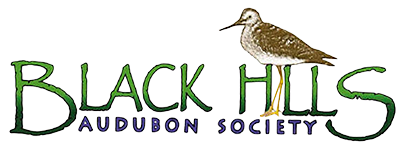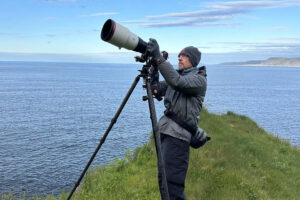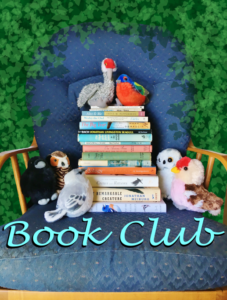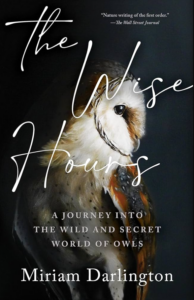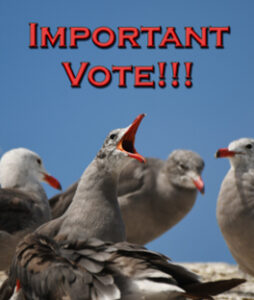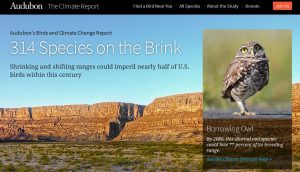
As most of you know, the National Audubon Society considers climate change to be the number-one threat to birds; its scientists predict that global warming could result in the extinction or dramatic range-restriction of nearly half of North American birds by 2080. As birds in Western Washington face this danger, we are at risk of losing more than 40 species, such as Gadwalls, Hooded Mergansers, Northern Harriers, Varied Thrushes, and Brown Creepers. Most of the birds will decline due to loss of suitable summer habitat, although Red Crossbills and Black-headed Grosbeaks will primarily lose winter habitat.
For some time now, National Audubon has called upon all of us who cherish birds to do all we can to fight climate change’s progression. This is now more important than ever, as our new president has repeatedly stated his skepticism that climate change is real, and he made support for coal a major campaign theme. On his first day in office, the federal Climate Action Plan was removed from the White House web page; the EPA is under a gag order, and he has ordered that agency to freeze all grants and research funds. In light of these actions, it is exceedingly difficult to imagine that the federal government will maintain any significant efforts to combat global warming. It is imperative, then, that each of us take up the fight by making our views known to our elected officials—federal, state, and local—and doing what we can to reduce our own carbon emissions and to mitigate the effects of global warming on birds and other wildlife. As I have stressed many times, planting native gardens, and hence reducing reliance on lawns or exotic plants, is one productive way to further this goal.
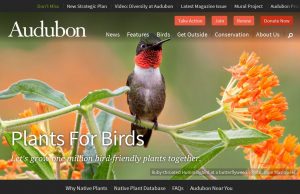
A wonderful new resource available on the Web is National Audubon’s “Plants for Birds” Initiative, which will help you rework your yard into a site to help birds weather climate change (pun intended) and habitat loss. National Audubon’s goal is to encourage 1 million new native plantings across the nation, mostly in private yards. Their position is that “each patch of restored native habitat is just that—a patch in the frayed fabric of the ecosystem in which it lies. By landscaping with native plants, we can turn a patchwork of green spaces into a quilt of restored habitat.” The rationale for the “native plant push” will sound familiar to anyone who has been following our own For the Birds! Project. Native plants thrive in their natural locations, and they do not require supplemental watering, mowing, or fertilizing. Birds have co-evolved with these plants and so have become adapted to efficiently make use of them for shelter and food, including the insects they entice. In other words, native plants are ecologically-sound choices.
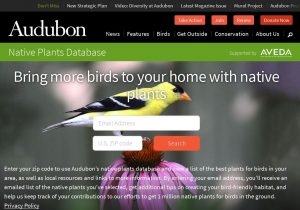
The Plants for Birds portion of the Audubon website contains many useful pages. You can, for example, find information on planning your garden and preparing it for new plantings. The tips, which will be most useful to novice gardeners, include thinking about the mature sizes of plants, the amount of sun each part of your yard receives each day, and when to plant and water. The most valuable part of the site, in my opinion, is their Native Plant Database. Typing in your zip code directs you to a page that provides both a complete list of native plants suitable for your location and a smaller “best choices” list. The plants on the latter list are the ones most easily found at local nurseries and most readily grown in the local conditions. This part of the site also lists local resources for buying native plants: this is important because few “regular” nurseries stock many natives.
Furthermore, you can filter the lists for certain types of plants (such as trees or vines) or those that have particular features (such as berries or nuts); you can also zero in on the birds you are most interested in attracting (such as orioles or grosbeaks). When I entered my zip code, the site named 192 plants with 38 of best choice, accompanied by brief descriptions. Since I want some new shrubs and am terrifically fond of nuthatches, I ran a second search with these filters. I was rewarded with the names and photos of 55 native shrubs that I could grow, 16 of which were best choices. Easy! Now, of course I’ll want to do a little more research to find out when each type flowers, which like damp soil, and which I think are aesthetic, but I feel like 90% of the selection work has been done for me.
I urge you to check this page out. Information on our BHAS website can also help you make your yard bird-friendly and find other ways to reduce your carbon footprint. (See pages “I’m For the Birds” Challenge Activities Checklist and Climate Change Initiative Resources). Who knows? With all the free time you’ll have when you’re freed from watering and mowing, you might even find a free minute or two to write the President, your senators, and your legislators, asking them to enact policies that will reduce climate change.
(from Mar/April 2017 Echo newsletter, by Kim Dolgin)
